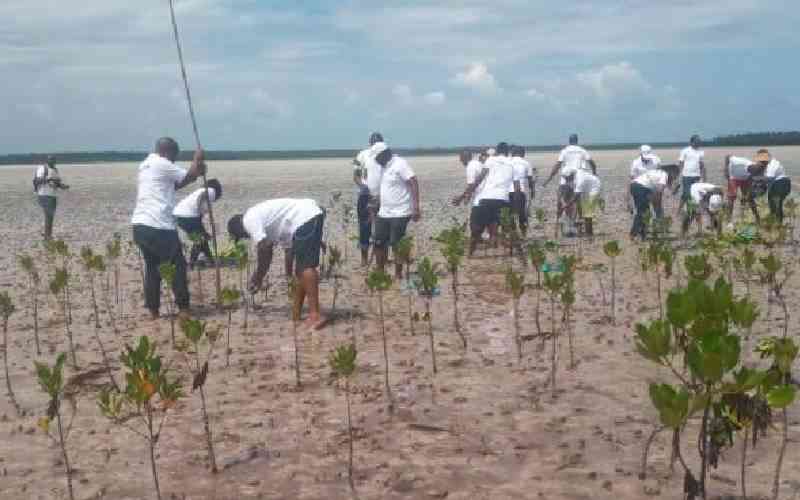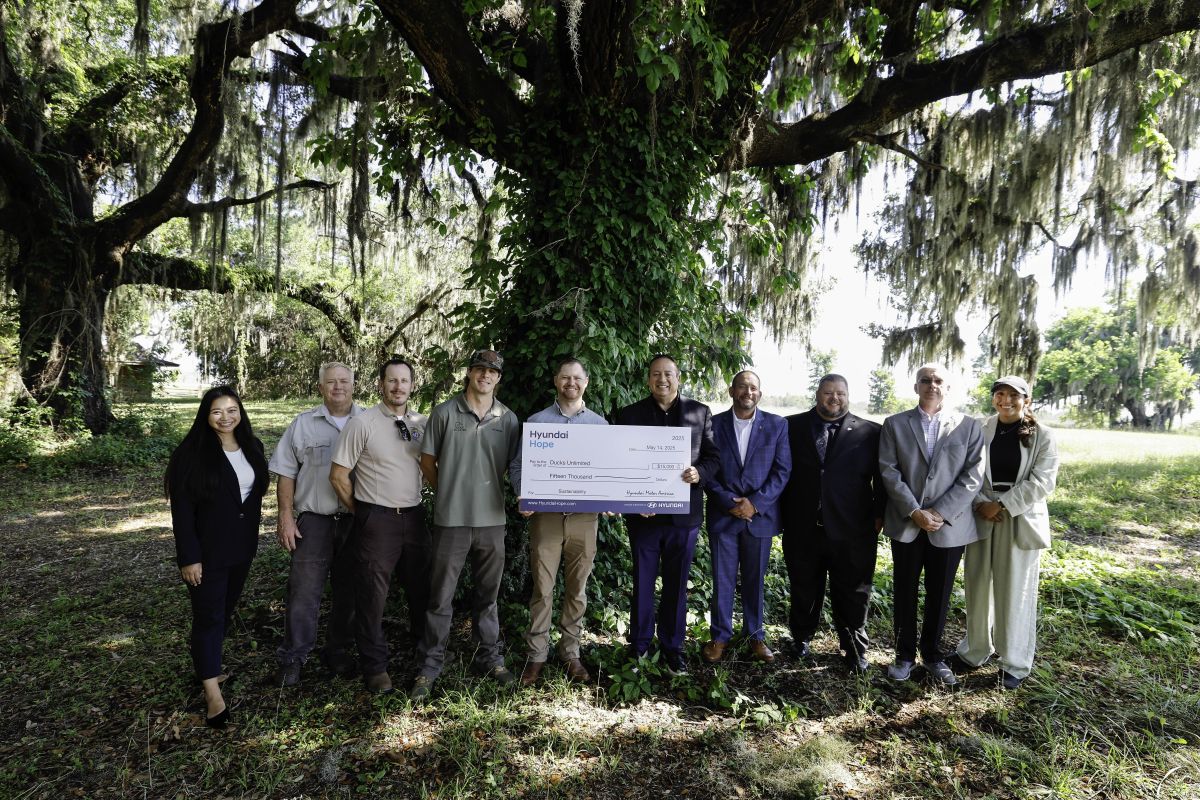Residents receive 3,600 mangrove seedlings

Residents of Sita village in Dabaso ward, Kilifi County, got a major boost in their mangrove conservation efforts after receiving 3,600 seedlings from agencies.
Reduced logging and increased afforestation undertaken by the 37 conservation groups of the Mida Creek Conservation Community (MCCC) have improved the mangrove forest.
The Korea International Cooperation Agency (KOICA) through the KOICA Alumni Kenya Chapter (KAKC) headed by its president Angela Mukiri led the restoration efforts at Sita area on Saturday.
Ms Mukiri said that as alumni students of the Kenya-South Korea education programme, they are dedicated to helping communities in various spheres of life, including the restoration of ecosystems, and assured the Mida Creek community of continued support in restoring the mangrove forests in the area.
“We go into communities and understand what they do, and that is why we came here to plant mangrove seedlings as a restoration campaign of the ecosystem, and we will continue supporting the community,” she said.
The MCCC chairman Mwanyale Kafule said that restoration activities in the Mida creek had seen a decrease in logging and an increase in fish stock since their breeding sites had been restored.
Kafule called upon individuals and organisations to continue helping them so that they can restore the worst depleted Mida Creek ecosystem.
“We are grateful to KAKC for joining us to conserve Mida Creek, and I call upon other organisations to come and buy mangrove seedlings from us so that they can plant them at the creek. The conservation work is great, and we have reduced logging in a huge way,” he said.
National Museums of Kenya (NMK) Director General Mary Gikungu, said that restoration of the ecosystem was one way of mitigating the effects of climate change, and hence there was a need for collaboration with communities to restore ecosystems around them.
“There is importance in restoring our sea line and the breeding areas of marine species that live within the mangrove ecosystem. Mangroves sequester carbon, and they are able to store 1,000 tonnes of carbon per hectare on a monthly basis, and this will help us moderate the microclimate of this area,” Prof Gikungu said.












